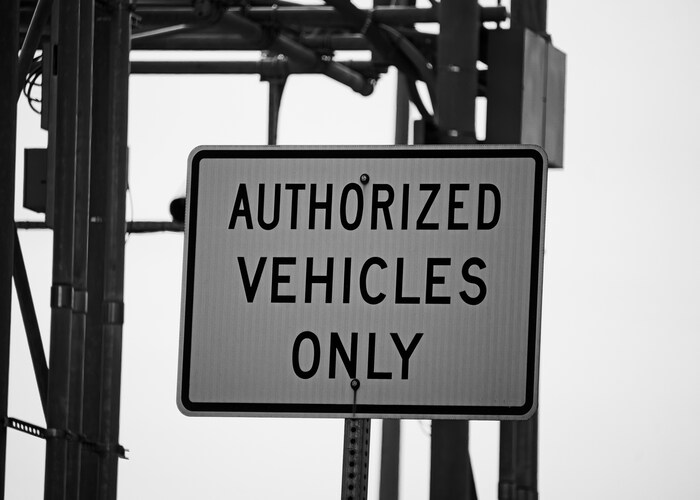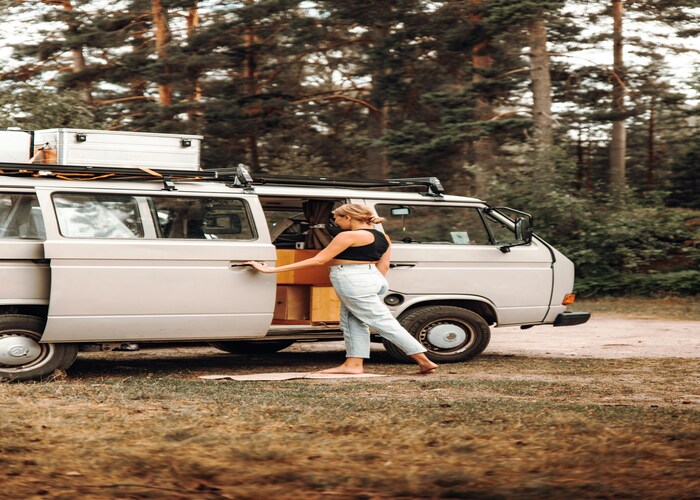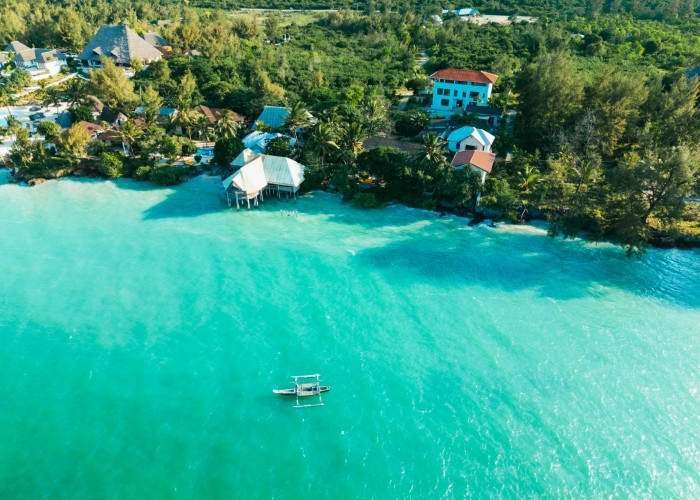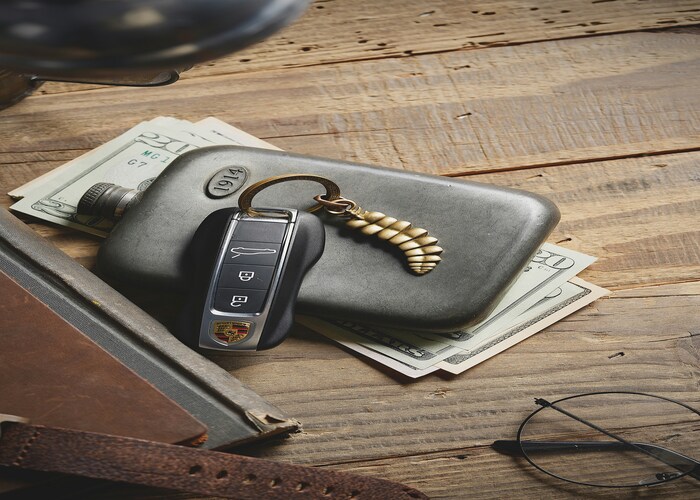The Jungfrau Region is one of Switzerland’s most breathtaking mountain destinations. Nestled in the Bernese Oberland, this area features iconic peaks—Eiger, Mönch, and Jungfrau—towering above lush valleys and alpine meadows. Hikes here range from gentle lakeside trails to dramatic high-altitude routes. Swiss Jungfrau Region Hikes – An Informational Guide.
Hiking in this region brings you to panoramic viewpoints, glacial lakes, waterfalls, and charming mountain villages like Grindelwald, Wengen, and Mürren. It’s famous for its accessibility: scenic mountain paths are connected by efficient trains, cable cars, and well-maintained trails.
If you love alpine landscapes or want a peaceful escape in nature, Jungfrau Region hikes offer unforgettable views, refreshing air, and an authentic Swiss mountain experience.
Best Time to Visit
The Jungfrau Region unfolds differently by season:
- Late June to early October: Best time for hiking with clear trails, mild weather, and open mountain facilities.
- July and August: Longest days, vibrant wildflowers, and lush greenery—though trails can be busier.
- September: Crisp air, fewer crowds, and golden autumn hues.
- June (early season): Some higher paths may still have patches of snow but fewer tourists.
Winter brings snow for skiing and snowshoe hiking, but most summer trails are closed or risky.
How to Reach
By Air:
- Fly into Zurich Airport or Geneva Airport. Both offer good onward connections to the Jungfrau area.
By Train:
- Switzerland’s rail network is superb. From Zurich or Geneva, take a train to Interlaken Ost, then transfer to regional trains headed to Grindelwald or Wengen.
By Road:
- Driving is scenic, and you can park near trailheads. Roads are well-maintained but expect narrow mountain stretches. Consider intercity trains and local buses as alternatives.
Entry Fees and Permits
- No trail entry fees are required for hiking.
- No hiking permits are needed for standard routes.
- Some mountain transport (cable cars, funiculars, mountain railways) require tickets:
- Expect CHF 20–60 for single rides and higher for round-trips—prices vary.
- Hiking passes may offer discounts if you plan to use multiple lifts—check local tourist information.
Food Availability and Meal Options
- Mountain huts and restaurants can be found in Wengen, Grindelwald, Mürren, and at higher elevations such as Mannlichen or Schynige Platte.
- Trails also pass by small alpine restaurants where you can rest and enjoy local Swiss dishes like cheese-based specialties, soups, and hearty mains.
- Bring snacks and water for more remote stretches.
- Grocery stores in base villages can supply ready-to-eat sandwiches or trail food. Swiss Jungfrau Region Hikes – An Informational Guide.
Packing List and Essentials
Here’s what to pack for a comfortable, safe trek:
- Hiking boots with ankle support
- Layered clothing: base layer, fleece, waterproof shell
- Light backpack (20–35 L)
- Rain jacket and pants
- Hat and gloves (even in summer, high-elevation paths can be chilly)
- Water bottle or hydration bladder
- Snacks or packed lunch
- Trail map or downloaded route information
- Phone and backup power bank
- Headlamp (in case of late descents)
- First aid kit
- Sunglasses, sunscreen, and trekking poles if desired
Safety Tips and Local Regulations
- Check the weather forecast daily—mountain weather changes quickly.
- Stick to marked trails and follow trail signs carefully.
- Mountain routes may cross snow patches; wear proper footwear and avoid them when uncertain.
- Mobile coverage is generally reliable, but carry a paper map or downloaded map as backup.
- In case of emergency, call 112 for mountain rescue.
- Respect nature: leave no trace, stick to paths, and avoid picking flowers.
- Wild camping is generally not allowed without permission—use designated camping sites.
Tips for Beginners or First-Time Visitors
- Start with gentler routes, such as Wengen to Mannlichen or Grindelwald to First.
- Choose one or two-day options if you are not hiking full circuits or high trails.
- Rely on village-based walks for easier logistics and accessible amenities.
- Make use of the public transport system—rides up to mountain trailheads can save time and energy.
- Stay hydrated and pace yourself—altitude can affect energy levels more than you expect.
- Download offline map apps like a local Swiss hiking map for better trail guidance.
Local Customs and Cultural Etiquette
- A warm “Grüezi” (hello) is always polite when passing locals or fellow hikers.
- In mountain huts, follow courteous routines—quiet conversation, washing dishes, and respecting quiet hours.
- Tipping is not customary in Swiss hotels or restaurants; service quality is high and included.
- Switzerland is clean and orderly—carry out all waste and respect shared spaces.
- Keep voices moderate—Switzerland values peace and quiet on public paths and in huts.
Frequently Asked Questions (High-Search SEO Content)
Q1: What altitude do Jungfrau hikes reach?
A: Trail elevations vary from 600 m to 2 300 m, with many hikes offering alpine views without extreme altitude.
Q2: How long are typical Jungfrau hikes?
A: Day hikes range from 4 to 20 km, taking 2 to 7 hours, depending on speed and elevation gain.
Q3: How difficult are the trails?
A: Difficulty ranges from easy to moderate, with some routes requiring sure footing and stamina.
Q4: Are restrooms available on the routes?
A: Facilities are available at village centers and mountain stations like Mannlichen or Schynige Platte; remote trails may not have restrooms. Swiss Jungfrau Region Hikes – An Informational Guide.
Q5: Can families with children do these hikes?
A: Yes—many routes are family-friendly, especially near villages and lift-accessed trails.
Q6: Are dogs allowed on the paths?
A: Dogs are welcome but must be on a leash in many areas, including lift access zones.
Q7: Do I need a guide?
A: Not necessary for marked paths, though some high routes can benefit from guidance for safety or planning.
Q8: Can I hike year-round?
A: Summer and early autumn are ideal. In winter, many trails close or require snow equipment.
Q9: Are lifts and cable cars included in hiking passes?
A: Some combined passes offer lift discounts, but many rides are separately ticketed.
Q10: What is the best time for blooming scenery?
A: Late June to mid-July offers alpine wildflowers and vibrant green meadows.
Final Thoughts
The Jungfrau Region stands out as a gem for hikers seeking a mix of gentle village walks, alpine panoramas, and accessible high-altitude trails. Whether you are strolling through flowered meadows or gazing up at icy peaks, this Swiss region delivers a sensory-rich adventure. Swiss Jungfrau Region Hikes – An Informational Guide






Leave a Reply